Dandelion
[Medicinal Use] This product is the whole herb of dandelion or other plants of the same genus in the Asteraceae family.
[Nature and flavor and meridians] Bitter, sweet, cold. Enters the liver and stomach meridians.
[Effects] Clears heat and detoxifies.
[Clinical application] Used for breast abscess swelling and pain, furuncle heat toxins, and lung abscess coughing and spitting pus and blood sputum.
Dandelion has a good effect on breast abscess swelling and pain, and furuncle caused by heat toxins. It can be taken alone as a decoction orally, or applied topically; it can also be used in combination with other heat-clearing and detoxifying drugs, such as honeysuckle, forsythia, ground clove, wild chrysanthemum, red peony root, etc. For the treatment of lung abscess, dandelion can be used in combination with lung-clearing and phlegm-removing and heat-clearing and detoxifying drugs such as fresh reed root, wax gourd seeds, houttuynia cordata, peach kernel, coptis root, etc.
[Prescription name] Dandelion, yellow flower ground clove (wash, dry, and chop)
[General dosage and usage] Three qian to one liang, decocted and taken.
【Comments】Dandelion has the functions of clearing away heat, detoxifying, reducing swelling and dispersing nodules. In the past, it was generally only used for breast abscesses and sores. In recent years, this product has been widely used in clinical practice, and it has been found that in addition to its good heat-clearing and detoxifying effects, it also has diuretic and laxative effects. It can be used not only for surgical sores and sores, but also for internal medicine diseases. When taken with honeysuckle and houttuynia, it can be used for phlegm-heat in the lungs; when taken with isatis root, it can be used to treat sore throat; when taken with honeysuckle vine and plantain, it can be used to treat hot urination; when taken with cassia seed and yellow chrysanthemum, it can be used to treat red and swollen eyes; when taken with gardenia and scutellaria, it can be used to treat damp-heat jaundice; when taken with trichosanthes and fritillary, it can be used to treat breast abscesses and swelling; when taken with honeysuckle, violet yedoensis, and wild chrysanthemum, it can be used for furuncle swelling and poison; when taken with prunella vulgaris and oyster, it can be used for scrofula and phlegm nodules.
[Example of prescription] Wuwei Xiaoduyin “Yi Zong Jin Jian”: dandelion, ground clove, wild chrysanthemum, honeysuckle, purple back sky amaranth. Treat carbuncle and ulcer.
Appendix Qingjie Decoction “Mainland Experience Common Prescriptions”; honeysuckle, dandelion, winter melon seeds, rhubarb, moutan bark, costus root, Chuanlianzi, raw licorice. Treat appendicitis during the heat and toxic period, abdominal pain and refusal to press, even hard abdomen, fever, thirst, dry lips, nausea and inability to eat, etc.
This product is the dandelion Taraxacum mongolicum Hand.-Mazz. of the Asteraceae family, dug when the seasonal flowers first bloom, remove impurities, wash and dry.
Alkaline land dandelion Taraxacum borealisinense Kitam, or the dried whole grass of several plants of the same genus. Spring to autumn
[Характеристики]
This product is a wrinkled and curled mass. The root is conical, mostly curved, 3~7cm long: the surface is brown and wrinkled: the root head has brown or yellow-white hands, some of which have fallen off, the leaves are basal, mostly wrinkled and broken, the complete leaves are oblanceolate, green-brown or dark gray-green, with sharp or blunt tips, shallowly lobed or pinnately divided edges, gradually narrowed at the base, extending downward to be petiole-shaped, and the main vein on the lower surface is obvious. There are 1 to several flower stems, each with a terminal head inflorescence, multiple layers of involucral bracts, the inner layer is longer, and the corolla is yellow-brown or light yellow-white. Some can see many oblong achenes with white pappus. The smell is faint and the taste is slightly bitter.
【Идентификация】
(1) Surface view of the leaves of this product: the upper and lower epidermal cells have wavy walls, and the surface keratin texture is obvious or sparsely visible. Both the upper and lower epidermis have non-glandular hairs, 3~9 cells, 17~34um in diameter, the apical cells are very long, wrinkled and whip-like or falling off. The lower epidermis has more stomata, indefinite or unequal, 3 to 6 accessory cells, and mesophyll cells contain small calcophenolic acid crystals. Laticiferous ducts can be seen next to the veins. Root cross section: Cork cells are in several rows, brown. The phloem is wide, and the laticiferous ducts are arranged in several rounds intermittently. The cambium is ring-shaped. The xylem is small, and the rays are not obvious; the vessels are large and scattered.
(2) Take 1g of this product powder, add 10ml of 80% methanol, ultrasonically treat for 20 minutes, filter, and take the filtrate as the test solution. Take 1g of dandelion control medicinal material and prepare the control medicinal material solution in the same way. Take the chrysanthemum acid reference substance, add 80% methanol to prepare a solution containing 0.2mg per 1ml as the reference substance solution. According to the thin layer chromatography method (General Rule 0502), 4 μl of the test solution, 4 μl of the reference medicinal material solution, and 3 μl of the reference substance solution were taken and spotted on the same silica gel G thin layer plate, and chloroform-ethyl acetate-formic acid-water (6:12:5:2) was used as the developing agent. The plate was developed, taken out, dried, sprayed with 1% aluminum chloride ethanol solution, and examined under a UV lamp (365 nm). In the chromatogram of the test sample, fluorescent spots of the same color appeared at the corresponding positions of the chromatogram of the reference medicinal material and the chromatogram of the reference substance.
[Инспекция]
The water content should not exceed 13.0% (General Rule 0832 Method 2).
[Определение содержания]
Determined according to the high performance liquid chromatography method (General Rule 0512).
Chromatographic conditions and system suitability test: octadecyl tridane bonded tridacyl gum was used as the filler: methanol was used as the mobile phase A, 0.1% formic acid solution was used as the mobile phase B, and gradient elution was performed according to the provisions in the following table: the detection wavelength was 327 nm. The number of theoretical plates calculated based on the chicoric acid peak should not be less than 5000.
Preparation of reference solution Take an appropriate amount of chicoric acid reference, accurately weigh, add 80% methanol to make a solution containing 0.2 mg per 1 ml, and obtain.
Preparation of test solution Take about 0.5g of the powder of this product (passed through a No. 4 sieve), accurately weigh, place in a stoppered conical flask, accurately add 80% methanol 20ml, weigh the weight, ultrasonically treat (power 400W, frequency 40kHz) for 20 minutes, cool, weigh again, make up the lost weight with 80% methanol, shake well, filter, and take the filtrate to obtain.
Determination method Accurately aspirate 10ml of the reference solution and the test solution respectively, inject into the liquid chromatograph, and determine.
This product, calculated on a dry basis, contains no less than 0.45% chicoric acid (C22H18O12).
Medicinal pieces
[Обработка]
Remove impurities, wash, cut into sections, and dry.
[Характеристики]
This product is irregular sections. The root surface is brown and wrinkled: the root head has brown or yellow-white hairs, some of which have fallen off. The leaves are mostly wrinkled and broken, green-brown or dark gray-green. The intact ones are oblanceolate when flattened, with sharp or blunt tips, shallowly cracked or pinnately split edges, gradually narrowed at the base, and extended downward into a petiole. Capitulate inflorescence, multi-layered involucral bracts, corolla yellow-brown or light yellow-white. Sometimes oblong achenes with white pappus can be seen. Slight smell, slightly bitter taste
[Инспекция]
Water content is the same as medicinal materials, not more than 10.0%.
【Извлекать】
Determined by hot extraction method under the alcohol-soluble extract determination method (General Rule 2201), using 75% ethanol as solvent, not less than 18.0%.
【Определение содержания】
Same as medicinal material, containing chicoric acid (C22H18012) not less than 0.30%.
【Идентификация】
Same as medicinal material.
【Природа, вкус и меридианы】
Bitter, sweet, cold. Enter the liver and stomach meridians.
【Функции и показания】
Clearing away heat and detoxifying, reducing swelling and dispersing knots, diuresis and relieving stranguria. Used for carbuncle, breast carbuncle, scrofula, red eyes, sore throat, lung carbuncle, intestinal carbuncle, damp-heat jaundice, hot stranguria and astringent pain.
【Применение и дозировка】
10~15g.
【Хранилище】
Place in a ventilated and dry place, moisture-proof and moth-proof.
Dandelion (scientific name: Taraxacum mongolicum Hand.-Mazz.) is a perennial herbaceous plant of the genus Taraxacum in the Asteraceae family. It is also known as Mongolian dandelion, yellow flowered groundling, dandelion, lantern grass, etc. The root is cylindrical, dark brown, and sturdy. The leaves are obovate-lanceolate, oblanceolate, or oblong-lanceolate; there are 1 to several scapes, which are the same length as the leaves or slightly longer, with a capitulate inflorescence, yellow ligulate flowers, purple-red stripes on the back of the marginal flower tongue, and dark green anthers and stigmas; achenes are obovate-lanceolate and dark brown. The flowering period is from April to September, and the fruiting period is from May to October.
Most dandelions grow in temperate and subtropical regions of the northern hemisphere, and a few grow in tropical regions. They often grow on hillside grasslands, roadsides, fields, and riverbanks in medium and low altitude areas. Dandelions are cool-loving plants with strong adaptability, both cold-resistant and heat-resistant. Dandelion is also resistant to drought and acidity and can grow in all soil types, but grows better in sandy soil. The native range of this species in the world is from Siberia to East Asia.
Dandelion is a plant with both medicinal and edible properties. Its dried whole grass can be used as medicine, which has the effects of clearing away heat and detoxification, reducing swelling and dispersing knots, and diuresis and relieving stranguria. At the same time, dandelion is rich in nutrients and is rich in active ingredients such as vitamins, minerals, and polysaccharides. Its raw or cooked young leaves and flowers can be eaten. In addition, dandelion is also widely used in livestock and poultry production. Dandelion also has a high ornamental value.
Origin of naming
The name of dandelion contains rich culture. There are as many as 14 synonyms for dandelion, most of which are named after efficacy, pictographic objects and place of origin. Its name can be verified by classification such as morphology and origin. The correct name comes from “Dietary Instructions” and has been used until now. In different dynasties in China, its different names have different characteristics. During the Sui and Tang Dynasties, dandelion was also known as Fugongying, Pugongcao, Xurucao, and Pugongying. In the Song Dynasty and after, dandelion was also known as Pugongpeng, Diding, Jinzancao, Bobotingcai, and Huanghuamiao.
The names of dandelions are mainly classified and verified based on plant morphology and origin. (1) Named after pictograms: The morphology was the most intuitive in the ancient people’s understanding of plants, so pictograms were also the most common way to name them. For example, “Jinzancao is also called Diding, its flowers are like golden hairpins, and its single foot is like Ding, so it is named after it.” (2) Named after different places of origin: For example, “Gengxin Yuce” said, “It is called 鹁鸪英. It is commonly called Pugongding, and also called Huanghua Diding. Huai people call it Baiguding, Shu people call it Ershencao, and Guanzhong people call it Gourucao.”
Historical records
Dandelion is a traditional Chinese medicinal and edible plant. The plant was first recorded in the “New Compendium of Materia Medica” during the Sui and Tang Dynasties. It was recorded in classics such as “Compendium of Materia Medica” and “Zhenglei Materia Medica” during the Song Dynasty. In the Ming and Qing Dynasties, it was recorded in classics such as “Jiuhuang Materia Medica”, “Southern Yunnan Materia Medica”, “Compendium of Materia Medica”, and “Illustrated Records of Plant Names and Realities”.
Dandelion is a perennial herb. The root is cylindrical, dark brown, and sturdy.
Leaves
Leaves are obovate-lanceolate, oblanceolate or oblong-lanceolate, 4-20 cm long, 1-5 cm wide, obtuse or acute at the apex, sometimes with wavy teeth or deep pinnate lobes, sometimes inverted pinnate lobes or large-headed pinnate lobes, with larger apical lobes, triangular or triangular-halberd-shaped, entire or toothed, 3-5 lobes on each side, lobes triangular or triangular-lanceolate, usually toothed, flat or inverted, with small teeth often sandwiched between lobes, base gradually narrowed into petioles, petioles and main veins often reddish purple, sparsely covered with spider-like white soft hairs or almost hairless.
Flowers
Scapes 1 to several, equal to or slightly longer than leaves, 10-25 cm high, purple-red on top, densely covered with spider-like white long soft hairs; head inflorescence about 30-40 mm in diameter; involucre bell-shaped, 12-14 mm long, light green; involucral bracts 2-3 layers, outer involucral bracts ovate-lanceolate or lanceolate, 8-10 mm long, 1-2 mm wide, with broad membranous margins, light green at the base, purple-red on top, thickened at the apex or with small to medium horns; inner involucral bracts linear-lanceolate, 10-16 mm long, 2-3 mm wide, purple-red at the apex, with small horns; ligulate flowers yellow, ligules about 8 mm long, about 1.5 mm wide, margins with purple-red stripes on the back of the ligules, anthers and stigmas dark green.
Fruit and seeds
Achenes are obovate-lanceolate, dark brown, about 4-5 mm long and 1-1.5 mm wide, with small thorns on the upper part and small tubercles arranged in rows on the lower part. The top gradually shrinks to a conical to cylindrical beak base about 1 mm long. The beak is 6-10 mm long and slender; the pappus is white and about 6 mm long.
Distribution range
Dandelions mostly grow in temperate and subtropical regions of the Northern Hemisphere, and a few grow in tropical regions. Its native range in the world is from Siberia to East Asia, such as Japan, China, South Korea and other countries. [3] It is also distributed in North Korea, Mongolia, and Russia. In China, it is produced in Heilongjiang, Jilin, Liaoning, Inner Mongolia, Hebei, Shanxi, Shaanxi and other provinces.
Среда роста
Dandelions often grow on hillside grasslands, roadsides, fields, and riverbanks in medium and low altitude areas.
Growth habits
Adaptability
Dandelions are cool-loving plants with strong adaptability and are both cold-resistant and heat-resistant. The species can begin to germinate in early spring when the soil temperature is between 1-2°C. Its roots can overwinter in open soil and can withstand temperatures as low as -40°C. It grows rapidly when the daily average soil temperature is between 4°C and 10°C, but the optimal growth temperature is 15-22°C. Dandelion is also resistant to drought and acidity and can grow in all soil types, but grows best in sandy soils; it is also relatively tolerant of moisture and shade. Dandelion seeds begin to mature and detach from the plant around July and can remain dormant.
Phenological period
Dandelion blooms from April to September and fruits from May to October. [1] In Hainan Province, China, dandelions generally begin to bloom at the end of March and the flowering period lasts for 35-45 days. A few plants continue to bloom until July or August. The buds of the same plant bloom and grow several to more than a dozen in succession, and they bloom in batches.
Interspecific relationship
Dandelion and cucumber intercropping can form different height groups, which can achieve spatial complementarity. When dandelions and cucumbers are intercropped, the incidence and disease index of cucumber downy mildew, angular leaf spot and powdery mildew can be reduced to varying degrees, and these three diseases have control effects. At the same time, in the intercropping symbiotic system of dandelions and cucumbers, dandelions can promote the growth of cucumber plant height, stem thickness, and leaves, and increase the aboveground and underground biomass, total yield and total benefits of cucumber plants. In addition, dandelion intercropping improves the soil environment of the cucumber rhizosphere, so that the activity of soil-related enzymes (urease, sucrase, phosphatase) and the content of organic matter are increased to varying degrees in the middle and late stages of cucumber growth.
Метод размножения
Natural reproduction
Dandelion single flowers have cross-pollination characteristics such as ectopic sex and male first maturity. Its head inflorescence is yellow, and the number of individual plants is large, which will produce nectar, and the amount of pollen is large. The nectary glands are at the base, which is convenient for insects with long proboscis to feed on nectar. The pollen surface of dandelion has ridges and thorns, which make it easy for insects to adhere to their bodies when they visit flowers, and then pollinate. At the same time, it is closely combined with the style, not easy to be blown off by the wind, and can be pollinated by wind. In addition, the overlapping flowering period of dandelions is also a mechanism to attract pollinating insects. Dandelion flowers usually bloom in a concentrated manner to attract insects and achieve the purpose of pollination. However, if the flowers bloom too much, pollinators will be saturated, resulting in pollination barriers.
Artificial propagation
Dandelions can be sown from April to September every year. Dandelion seeds have no dormancy characteristics, and their vitality decreases rapidly after harvesting. It is best to use newly harvested seeds for sowing in late May. It can be sown directly or transplanted. Direct sowing generally adopts row sowing. After watering the bottom, shallow furrows are opened at a certain row spacing. After sowing, the ground can be raked flat. When raising seedlings, special seedling beds are required. Seeds are sown and covered with soil per square meter. Generally, seedlings can emerge in 7-15 days, and weeds need to be removed as soon as possible.
Технология выращивания
Land selection and land preparation
Dandelions are highly adaptable and can survive in most soils, but artificial cultivation should choose sunny, fertile, irrigated sandy loam. Deeply plow the land and apply organic fertilizer, level it, and make ridges for sowing.
Transplanting
When the dandelion seedlings in the nursery ridges reach 10cm in height and the seedlings have more than 4 true leaves, they can be transplanted. Different plant spacings are used according to different cultivation purposes, and the density can be reduced for better plots. For ornamental purposes, they can be transplanted in deeper flower disks, or they can be transplanted and adjusted in density according to the shape of the green belt. After transplanting, water the transplanting and seedling water, and then cultivate and weed.Grass management
Dandelion seedlings should be weeded in time during the seedling stage, and weeding can be done at the same time as thinning. After thinning every two times, the seedlings should be fixed at a certain spacing. If the aboveground parts are not harvested in the same year, growth should be promoted to facilitate the accumulation of root nutrients. When used for ornamental purposes, withered and yellow leaves and uneven flowers should be removed in time. During the flowering period, the scapes with mature seeds should be removed, and during the fruiting period, the newly opened flowers should be removed. In late autumn every year, the aboveground parts should be cleaned up in time after they turn yellow to prevent pathogens and pests from overwintering in the cultivation area.
Water and fertilizer management
Although dandelions are not strict about soil conditions, they like fertile, moist, loose soil with high organic matter content. Therefore, when planting dandelions, ammonium nitrate should be applied as base fertilizer per acre. After sowing, the soil should always be kept properly moist. During the growing season, topdressing should be applied 1-2 times. Generally, leaves are not picked in the year of sowing to promote its luxuriant growth, so that the new buds of the plants in the second half of the year and early spring are strong, with good quality and high yield.
Pest control
Dandelion has strong disease resistance and rarely suffers from diseases. Most of its infection with pathogens is caused by underground pests biting the roots. The root system of dandelion is a fleshy taproot system, and underground pests are more serious. The main underground pests are mole crickets, cutworms, etc. The prevention and control method is to turn the soil in autumn and dry it in winter one year in advance for the plot where dandelions are planted, which can kill insect eggs, larvae and some overwintering pupae; you can also use sweet and sour liquid, horse manure and light to attract insects, and kill them in the early morning; fry bean cakes or wheat bran, or cook and dry husks until half dry, then mix the poison bait with crystal trichlorfon and water, and spread it on the ground or seedbed. If the underground pests are serious, you can mix phoxim granules with fine soil and spread it on the ground and harrow, or apply poisoned soil in the ditch before planting. When cultivated for medicinal purposes, no chemical pesticides are used to kill insects.
Harvesting
Dandelions can generally be harvested when the flowers first bloom from spring to autumn. The plants are dug up with roots, impurities are removed, washed, cut into sections, dried, and placed in a ventilated and dry place to prevent moisture and moth.
Main value
Medicinal value
Dandelion is a plant with medicinal and edible properties. Its dried whole grass can be used as medicine. It tastes bitter and sweet, and is cold in nature. It has the effects of clearing heat and detoxifying, reducing swelling and dispersing knots, and diuresis and relieving stranguria. It can be used to treat carbuncle swelling, breast carbuncle, scrofula, red eyes, sore throat, lung carbuncle, intestinal carbuncle, damp-heat jaundice, hot stranguria and other symptoms.
Nutritional value
Dandelion is rich in nutrients and is rich in active ingredients such as various vitamins, minerals, and polysaccharides. It also contains a variety of nutrients such as crude fat, vitamins, and protein, and contains 17 amino acids, 7 of which are essential amino acids for the human body. The content of potassium, calcium, zinc and manganese in dandelion leaves is higher than that of cabbage eaten in daily life. The content of potassium, zinc, iron and manganese in other organs is also high. Except for the roots, the potassium-sodium ratio in each organ is more than 10 times, which is beneficial to maintain the body’s acid-base balance.
Edible value
Dandelion’s raw or cooked tender leaves and flowers can be eaten. Unopened buds can be used to make fried pies, and the whole dandelion can be used to make tea after drying. Its leaves and roots can also be used to make tea. In addition, its roots can be dried and baked to make a substitute for coffee.
Livestock value
As a traditional Chinese herbal medicine, dandelion is used as an ideal feed additive for research and application in animal husbandry production because of its non-residual effect and the ability to promote the operation of the gastrointestinal microbial system. It is widely used in livestock and poultry production. Adding dandelion to feed can not only improve the egg-laying performance of laying hens and improve the quality of poultry eggs, but also improve the production performance of broilers.
Ornamental value
Dandelion plants are short, with bright colors and light and lovely infructescence. Whether it is planted in clusters or groups, it has high ornamental value. It is often used as a slow-flowering lawn or patch planting, and can be mixed with Viola yedoensis, where the yellow and purple form a sharp contrast. It can also be planted in the cracks of bricks and stones on garden paths for a more charming look.
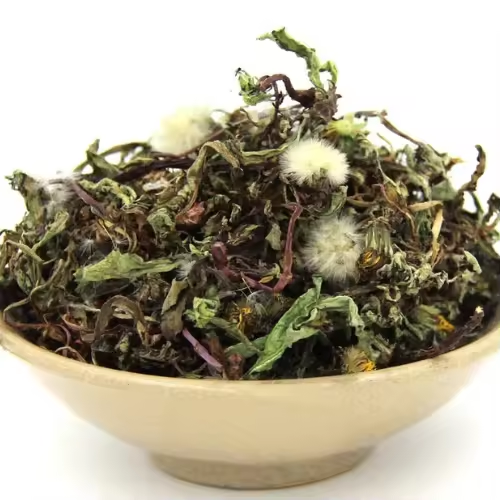
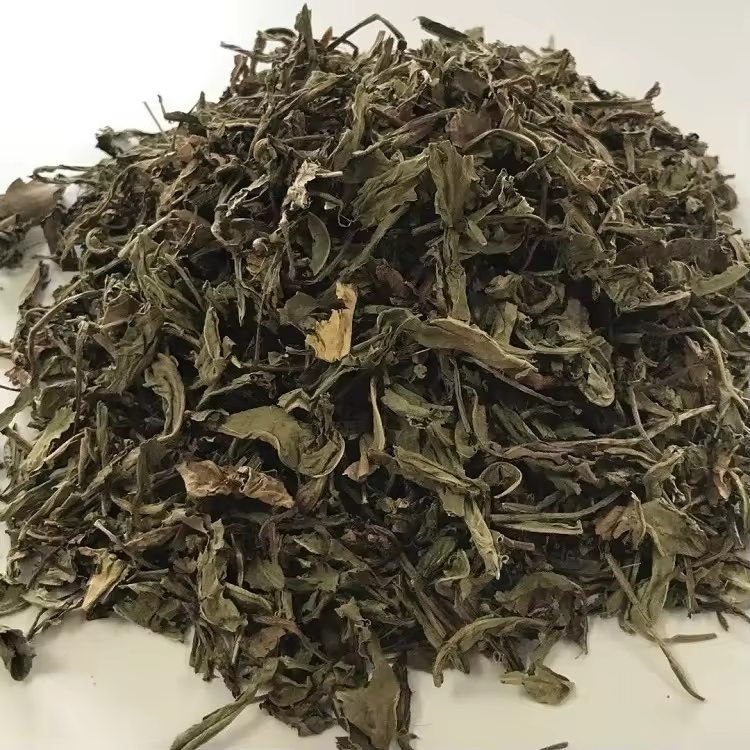

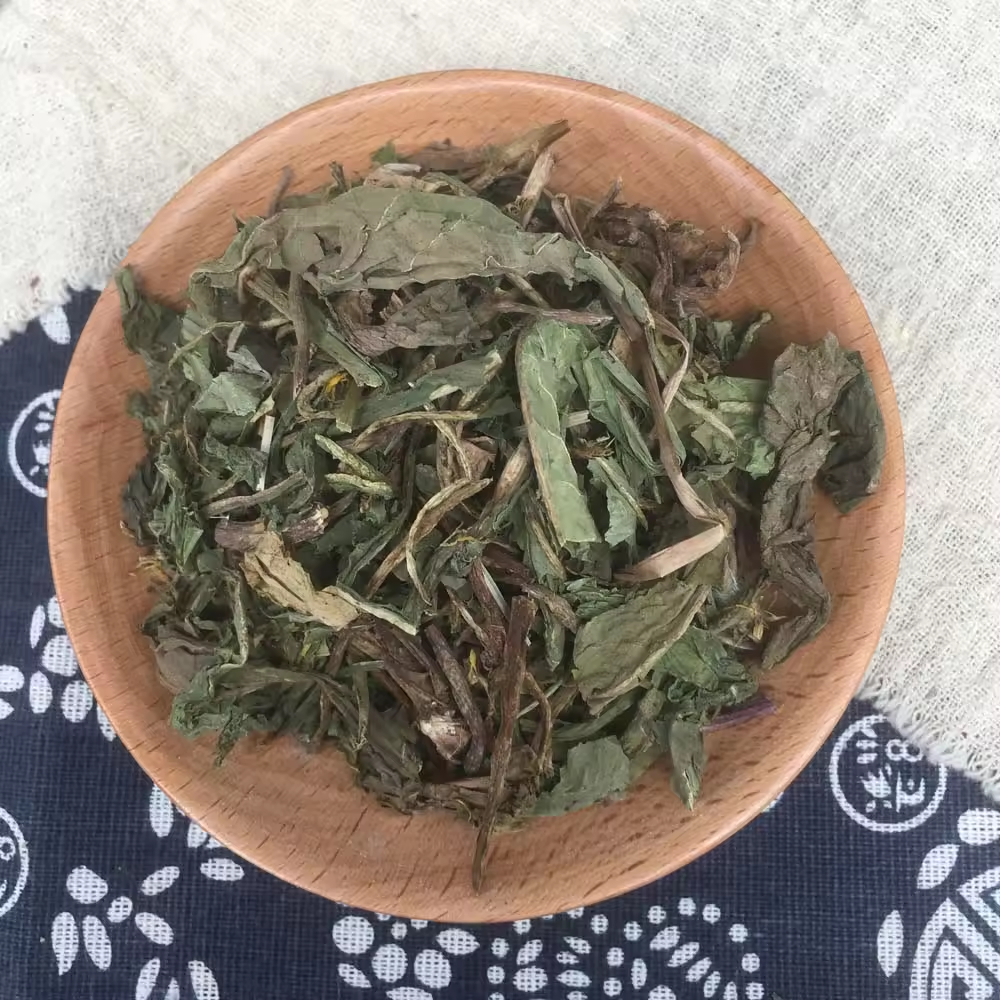

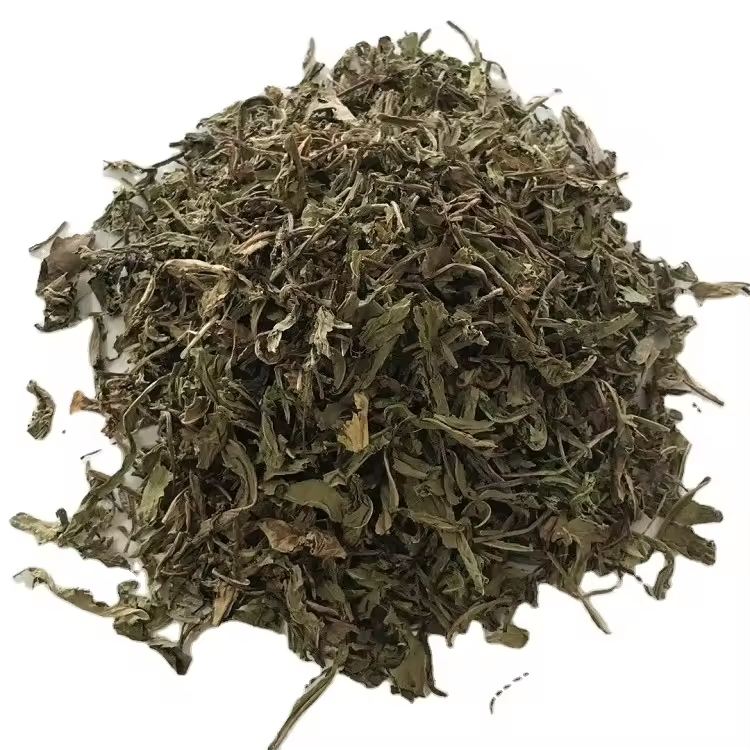
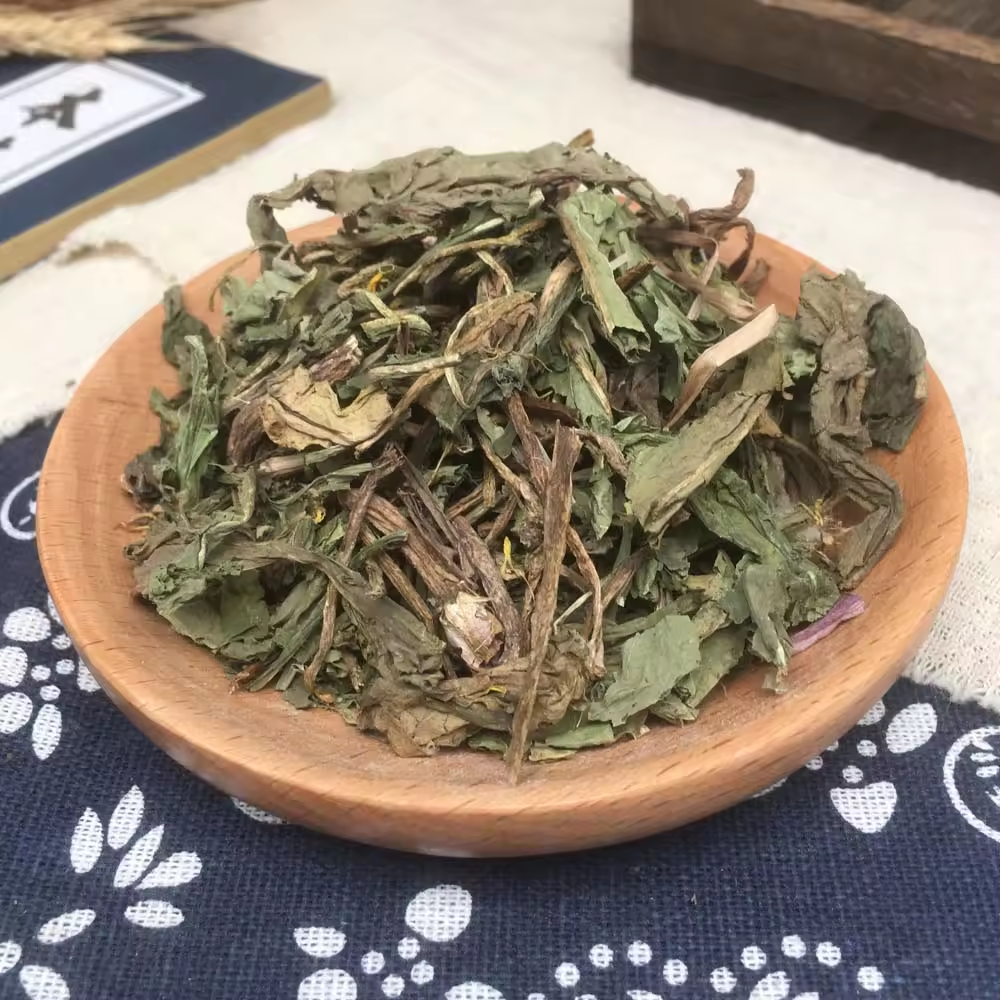

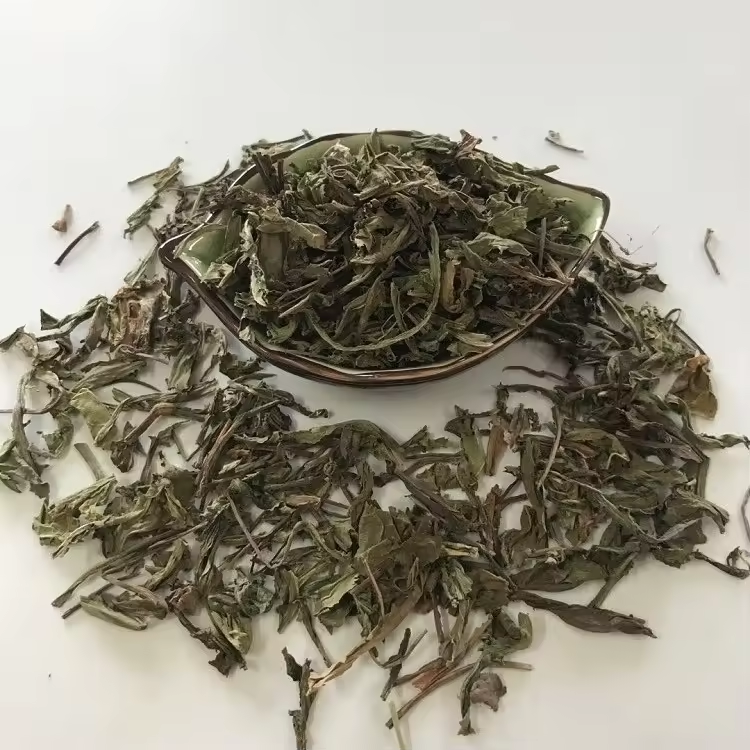





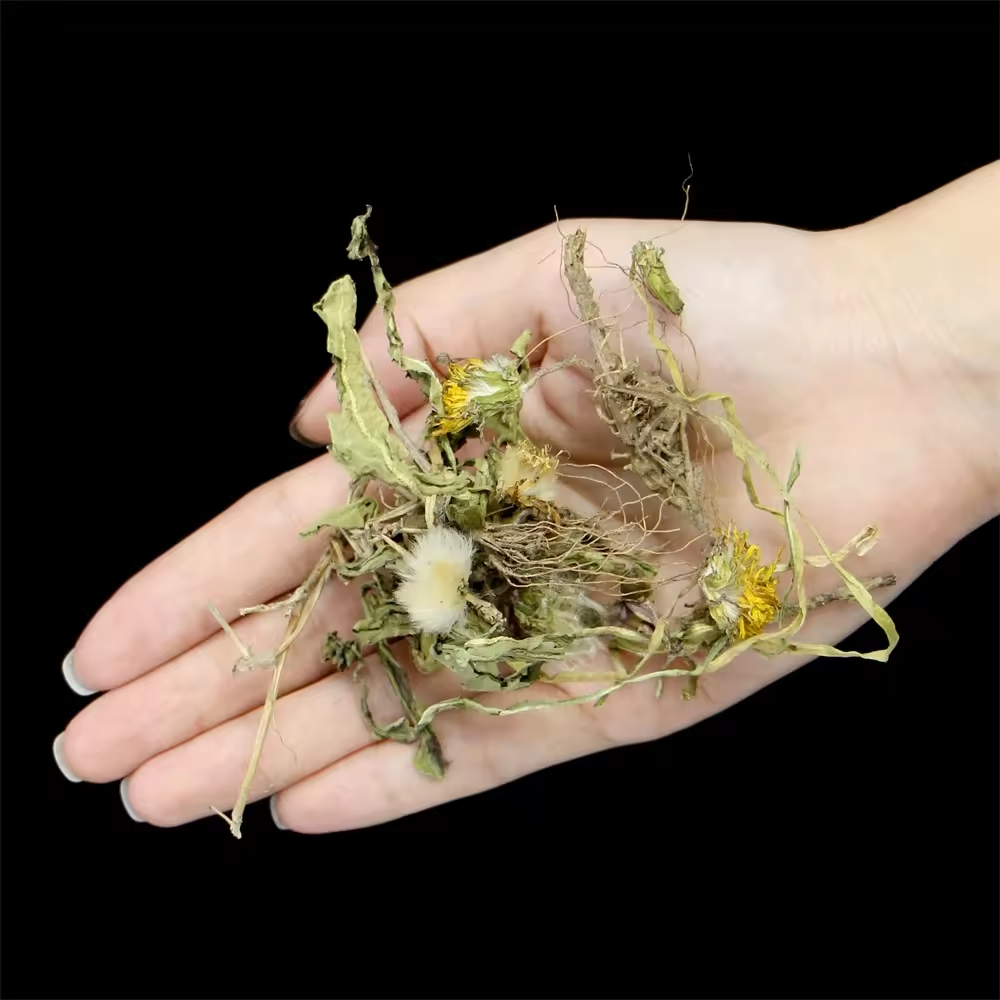
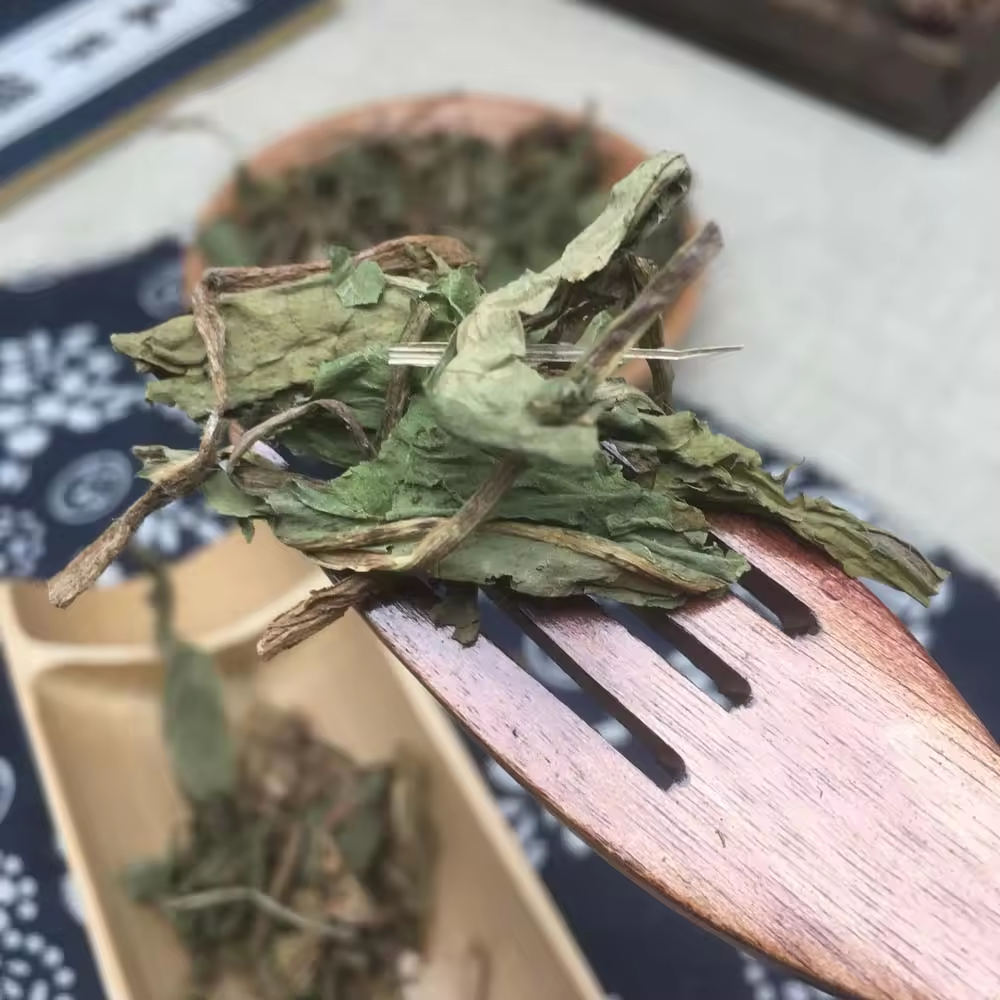

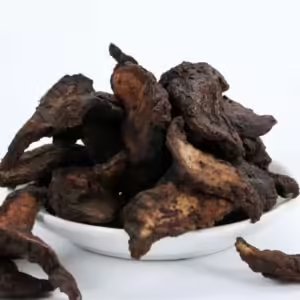
Отзывы
Отзывов пока нет.